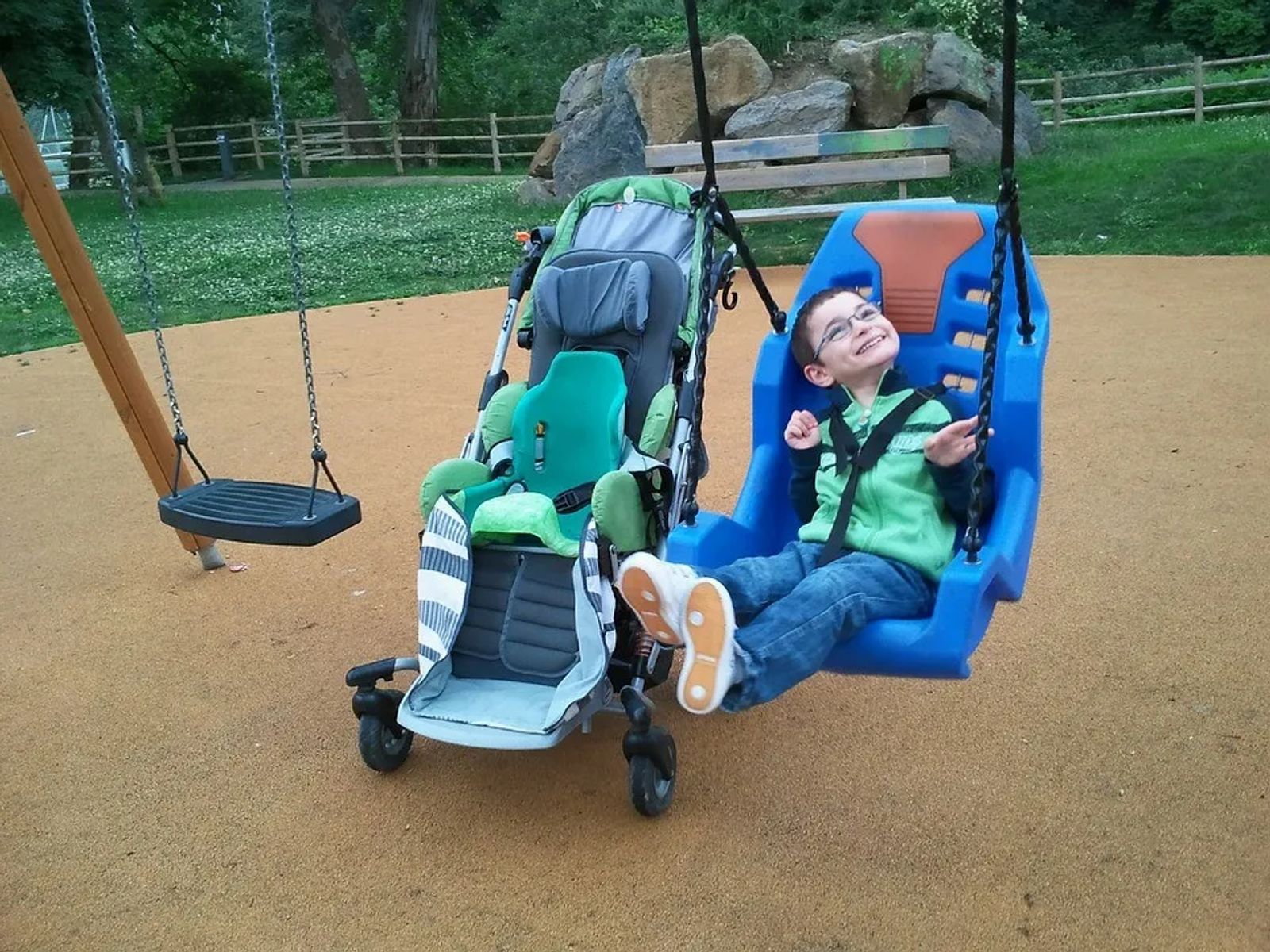
Tips for Talking to Your Non-Disabled Child about Disabilities
September 22, 2019 | by steve much
What is wrong with John’s hands? Why does Mary walk a bit differently? Why does Tom have bald spots? Why does Sally talk differently? Why does Bobby act like that?
These are some of the questions that you are likely to get from your children, especially preschoolers, after their first day of school with other children. So, how should you respond to them? How can you explain to your child that the child with disabilities in your class is not different?
If you are at a loss for how to explain special needs from a question raised to you by your child, here are a few tips that can help you stay prepared for a talk about their classmates with disabilities when they come to you for answers.
Tips for talking about differently abled classmates with your child
1. Start by addressing the differences in school
As schools open their classroom doors for a new school year, a variety of students will be welcomed. Each with their own strengths, challenges, and experiences. Some will find it easy to grasp new concepts and will soon catch-up with the new school routine. Others will find it more challenging to learn social skills and to keep up with the schoolwork. Some will have disabilities (some more visible than others). And, if your child has never met someone with disabilities or special needs, then it’s likely they will at this point in their life.
Therefore, talk to them about diversity and the differences they might experience. This will help them to both understand and approach all of their classmates from a place of respect, and to expect to see other children who might look, act, or talk a bit differently.
2. Prepare for some tough questions
Expect some tough questions like, “Will he be able to walk again?” “Why was she born like that?”
Answer as honestly as you can, though, if you don’t know the answer, say, “I don’t know.” (Don’t make assumptions). Try saying something like, “I don’t know why they were born like that” “I don’t know when, or if, he will get well, but scientists are working hard to get answers” or even “I’ll think about it and get back to you later,” or “Let’s look that up together.”
3. Emphasize on similarities
Instead of emphasizing the differences your child might see, focus on the things they have in common. You can talk about how the child has feelings, loves to have fun, and also has a favorite sport, book, game, or activity. If your child has a conversation with their classmate, they can’t help but learn about their similarities. Above all, they are a person first.
The reality is, we all have our differences, but when we look close enough, we’ll see that we have many things in common as well. Encourage your child to zero in on their similarities with all of their classmates. Your child need not act as though the disability doesn’t exist, simply encourage them to interact as they would with anyone else.
4. Teach empathy
One of the greatest skills we can build in our children is empathy. Doesn’t it always circle back to treating others the way we want to be treated?
Remind your child that we cannot always see disabilities or difficulties that others are experiencing, so it’s important to approach people from a place of empathy, with genuine grace and kindness.
5. Keep your answers positive
Kids are naturally curious and will tend to stare and ask questions about other children with a disability- and that’s okay, as long as you are addressing their questions. Don’t brush them off or immediately shush them because you’re embarrassed by their response.
When you get these questions about the disabled child in their class, try to keep your explanations positive.
Avoid using words that can hurt or encourage exclusion. Avoid words that imply that they are less than others, such as: retarded, handicapped, midget, or crippled.
Instead, use words phrases like “a child with special needs,” “a wheelchair user,” “visually impaired,” “differently abled.”
Bonus tip
The best way for a child to learn is by modeling it yourself. When you see a child with a disability, smile at them and say ‘’hi.” You can also approach and talk to their parents in a friendly way. This will help your child feel it’s easy to approach, chat, and even make friends with differently abled children in their school.
In the end, all we want to see is our kids treating and valuing everyone, equally.
Guest Writer
Steve Much is a Freelance writer who loves tech, sports (playing basketball) and business. He works closely with https://scorpionwindowfilm.com and https://scorpioncoatings.com/ as a content specialist helping them build their online presence through friendly, engaging and shareable web content. When not hunched over his computer thinking loudly, you can find him playing pop music with his band, reading horror novels, or traveling.





